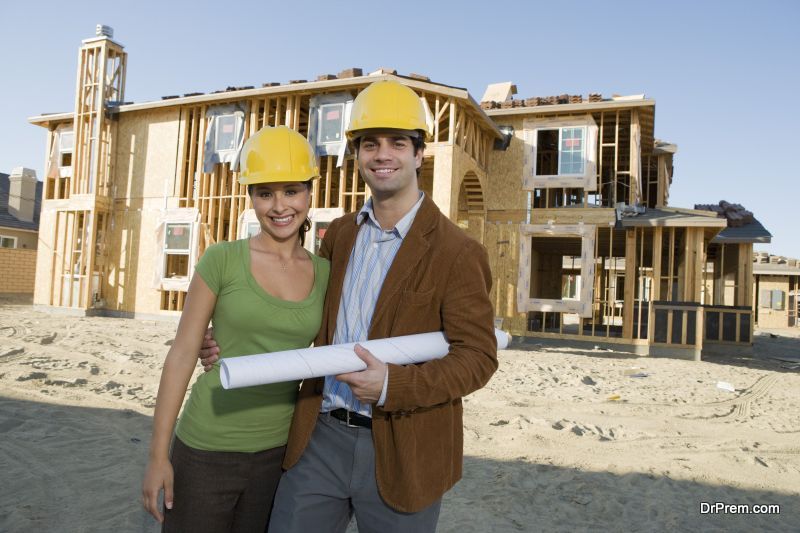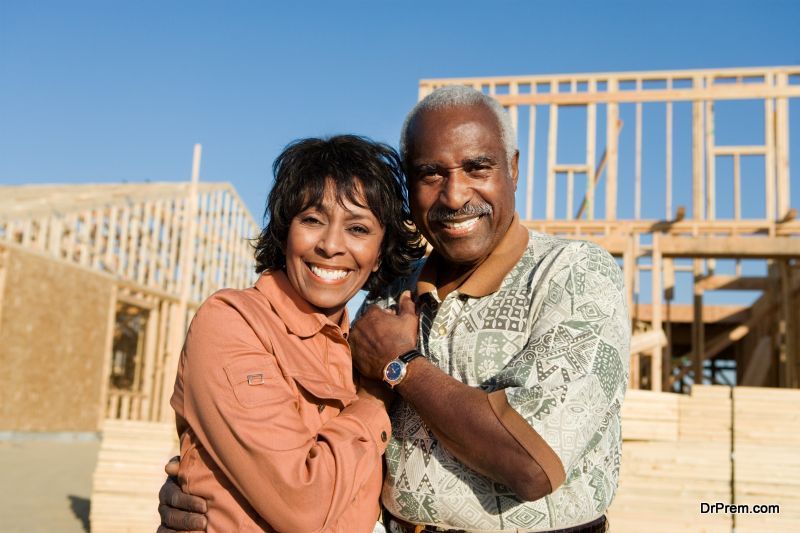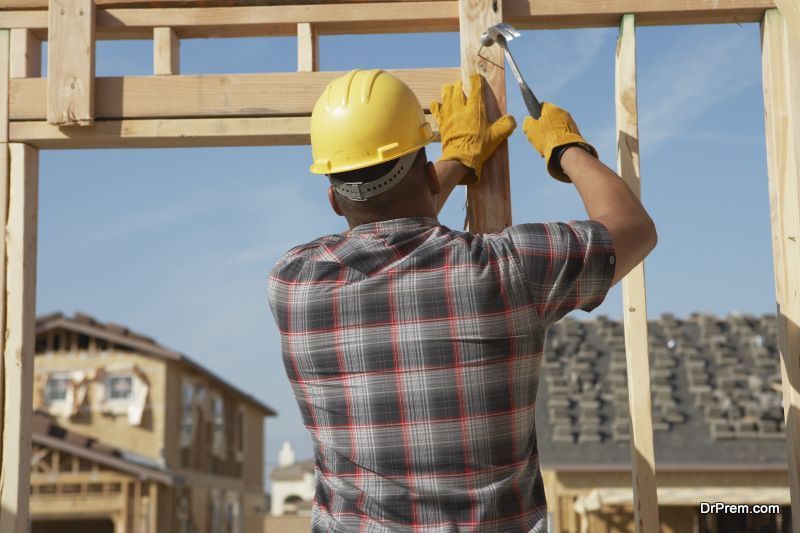There has been considerable development in green construction and sustainable green homes in recent years. Green is now a big business, with corporate cashing in on the public’s consciousness about going green and choosing a green way of life. Rating standards like LEEDs and Energy Star are being used to measure ‘greenness’. Builders and designers vie for the LEED rating in construction as this gives them an edge over the competition, as the public now no longer look for the white picket fence or size, but check whether the building / home has low-e windows, solar panels and so on. But the truth behind green home construction is a little different than what you thought it to be – green does not necessarily mean sustainable.
Reality of eco friendly practises and construction
One of the most significant impacts that technology in the construction industry is the reduced timelines for a project to be completed. The reduced timelines is making a big impact not only in the construction, but it’s also making a big impact in the pre-construction speed of projects. This results in contractors figuring out how to grow their construction business more efficiently. Though the green home construction sector is booming, it has been seen that seen that sustainable practices are implemented only 13% to the US’s energy production. Also, homeowners, architects and builders are of the opinion that though green home construction and practises should be adopted, these are more expensive than the usual construction methods and thus, uneconomical. With much more awareness about the benefits of green construction, still only 17% of new housing companies bothered about the Energy Star seal and only a minute 2% of all construction is green construction, even though according to studies, sustainable housing has a higher selling price.
Why is sustainability a hard sell
The main drawbacks of incorporating sustainable methods in construction are that it’s impractical, expensive, the tech isn’t perfect yet, it’s for those who have a disposable income. There is a much higher knowledge about sustainability, but it still hasn’t trickled down to the masses, and its knowledge is confined only to those who are interested in going green. Talk about sustainability is, to most homeowners, unreal, as there is not much choice in the market of sustainable, eco friendly construction materials, which can fit all budgets. The cost of sustainable materials is still quite high, which puts off most people.
Green home construction and practices should be deployed in a manner that they are sustainable or they would be just another thing to boast about, just as photovoltaic cells fitted on supercar roofs. Or installing solar panels for swimming pools to be heated by solar energy being installed on a roof which is always shaded by a tall tree. The reality of eco friendly practises and construction is that sometimes, inappropriate application and misinformation about green, sustainable methods, gives a wrong idea that green construction does not give value for money. Also, sustainability is a hard sell, because it is about long term financial benefit when energy bills are reduced, and people have to be persuaded to make the initial investment to install eco friendly gadgets, appliances, and solar panels etc.
What exactly, then is sustainability
Sustainability is a holistic way of life, an integrated whole rather that piecing together green pieces and parts together. Sustainable green home construction starts with the selection of the location, buying green construction materials, ensuring that pollution is minimized and materials are reused and recycled during construction. Then, the installation of energy efficient HVAC systems and processes like water recycling, low-flow water faucets and toilets, using LED lights and ambient light for illumination and so on are a part of green home construction.
Sustainable construction is a far cry from the quick construction methods employed by most builders, building in 10 months, and without ensuring that the building process is not harmful to the environment. The truth behind green home construction is that it is a time-consuming, well-thought out process, which is planned and executed in a manner which does not harm the environment, right from recycling, reusing and disposing construction material on-site to the installation of green systems in the building. Sustainable building may be 2-3% costlier than traditional construction methods, but it adds value to the building over time, which is more than those constructed by traditional construction methods. Sustainability balances the relationships between people, economics and the planet that allows all of them to flourish.
Sustainable green home practices and construction provides relief to the planet as it does not utilize the take-all approach which had been adopted by mankind in the past, thus helping to preserve and conserve the planet’s resources.





